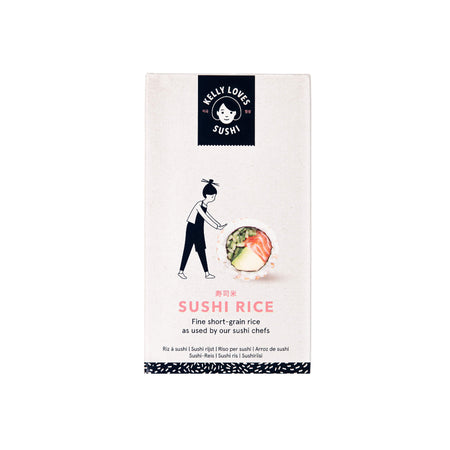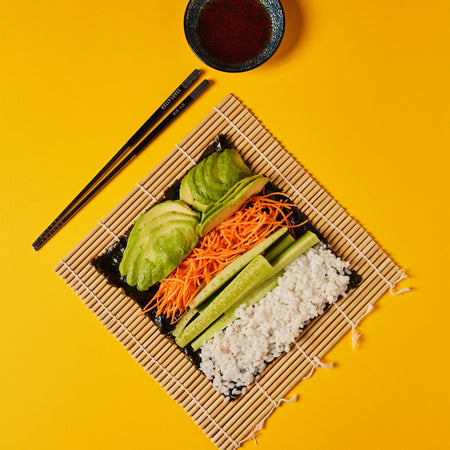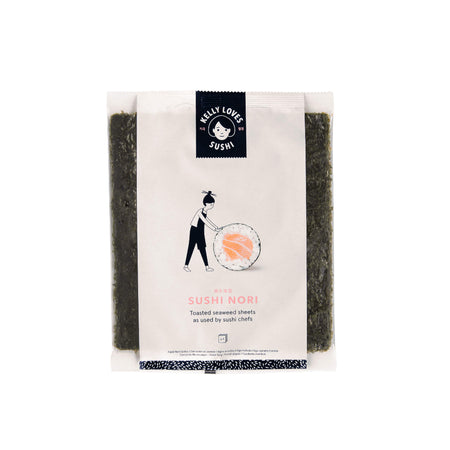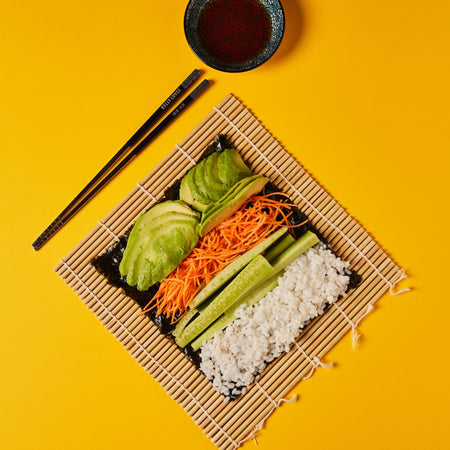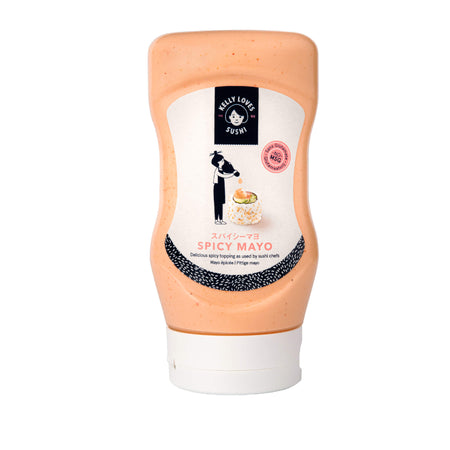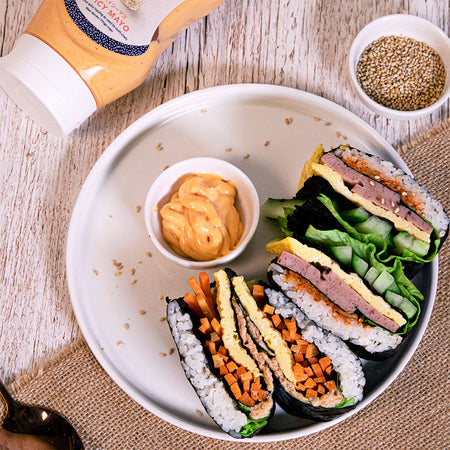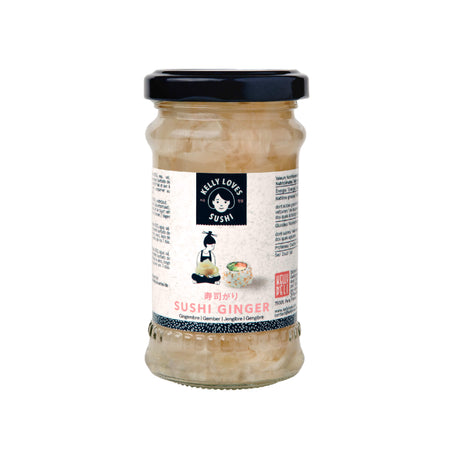What is wasabi and how hot is it?
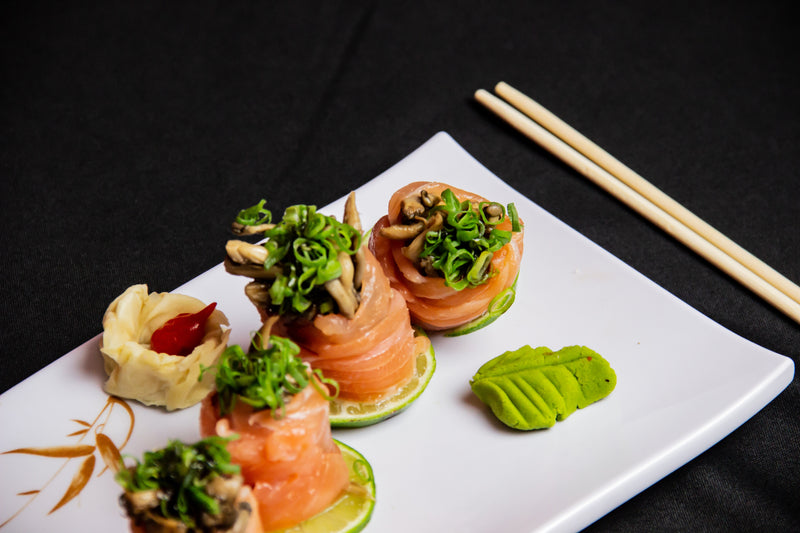
Wasabi — the innocent looking light green paste sitting next to your sushi, with a surprisingly fiery kick. It’s wonderfully addictive (and it certainly clears your sinuses!). Whether you’re a fan of mixing wasabi into the soy sauce, you like to dab a little green paste on your sushi, or you’re partial to wasabi flavour snacks, we’re going to tell you all you need to know about wasabi and how hot it really is…
What is wasabi?
Most people recognise wasabi as a condiment served with sushi. It’s the perfect buddy for sushi as it doesn’t leave an aftertaste, so you’re ready to taste the next bite. But wasabi can actually be used to add heat to any dish. Wasabi is in the Brassicaceae plant family (which also includes mustard and horseradish). Wasabi paste is made from its ground rhizomes (underground stems).
Excavations of remains in Japan have discovered that wasabi dates back to the Jomon period (around 14,000 BC to 400 BC), and was originally used as a medicine. In the 1780s fermenting sushi overnight was discovered and then eventually wasabi became the seasoning of choice; partly due to taste and partly to prevent food poisoning.
What is wasabi made of?
The most common way to eat wasabi is through wasabi paste, but interestingly, modern day wasabi paste often doesn’t have any wasabi in it, but rather, ingredients to imitate it. Wasabi is made from the rhizome of the wasabia japonica plant, so when you buy wasabi paste or wasabi snacks, look out for this on the ingredients list. It will often be mixed with horseradish. At Kelly Loves we never compromise on our high-quality ingredients, so you’ll be able to spot the wasabi in our ingredients list. Our wasabi is authentic and restaurant-quality — the same wasabi that our chefs use in Sushi Daily kiosks.
What does wasabi taste like?
Wasabi has an umami flavour with an additional sharp, fiery heat which can be quite addictive. The pungent heat that you get with real wasabi is short-lived, so that the subtle flavours of the raw fish come through. On the other hand, wasabi crispy nori snacks are so moreish you’ll often find yourself eating one after the other, so the flavour builds and is stronger as a result (along with the feeling in your nose!).
Why is wasabi spicy?
Wasabi is spicy due to an organic chemical compound found in the plant called allyl isothiocyanate. This same compound is also found in horseradish and mustard from the Brassicaceae plant family. You can sometimes react to this compound with streaming eyes and the feeling that the spice is ‘going up your nose’.
How hot is wasabi?
If you’re used to eating spicy food and haven’t tried wasabi yet, you should find it very palatable. You’ll find that the heat from wasabi doesn’t last as long as the heat from hot peppers, for example. But it’s hard to measure exactly how hot wasabi is, because the heat is due to a different compound to chilli peppers (allyl isothiocyanate in wasabi and capsaicin in chilli peppers). The Scoville scale is a measurement of the spiciness of chilli peppers, as recorded in Scoville Heat Units (SHU), based on the amount of capsaicinoids present (chiefly capsaicin).
Why is real wasabi so expensive?
The wasabia japonica plant is incredibly tricky to grow because it’s very high maintenance with some exceptionally specific growing instructions! It needs to be partly submerged in clean, moving water, which as you can imagine, is not a common farming setup.
Wild wasabi grows in Japan on rocky riverbeds, where the river flows. However, the wasabi plant can be killed by even the slightest changes in environment: it’s a highly sensitive plant to grow. And such a difficult plant to grow understandably results in a very high market price.
We hope that after reading this you’ll experiment with wasabi — it’s incredibly versatile. You can add wasabi to so many dishes to jazz them up. Wasabi provides the perfect condiment to a succulent steak or a meat marinade before a BBQ. You can also add wasabi to salad dressing for extra umami flavour. Wasabi rice bowls are also becoming increasingly popular. And try whipping up some cream cheese and wasabi dips to go with a pack or tortilla crisps for a film night — mouth watering! There are also some vibrant wasabi snacks to satisfy your craving: Korean wasabi nori snacks, wasabi peas, wasabi flavour crisps…and even wasabi flavour Kit Kats have been spotted in Japan — the possibilities are infinite!
